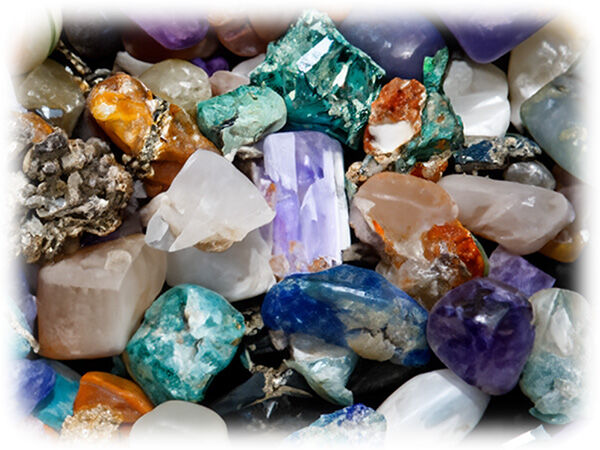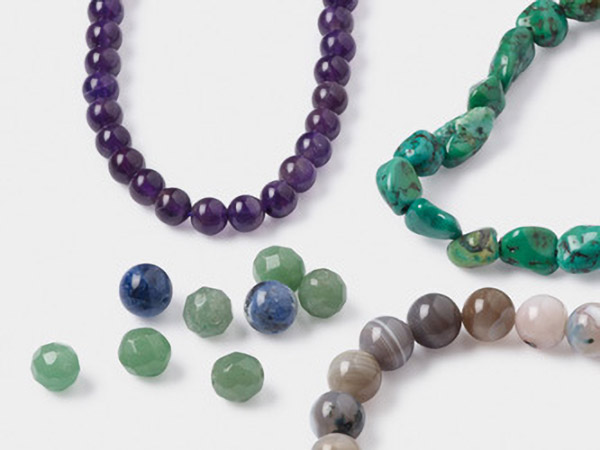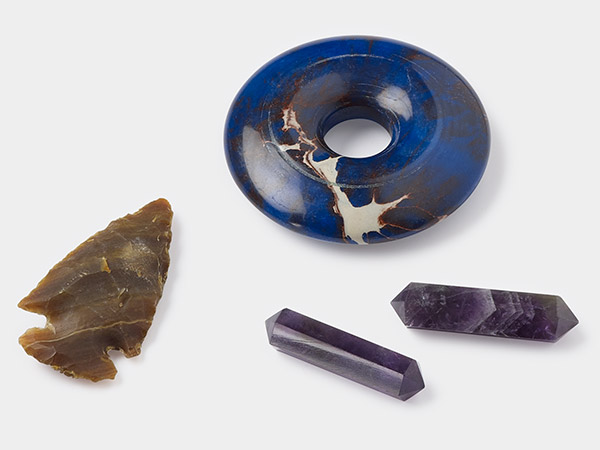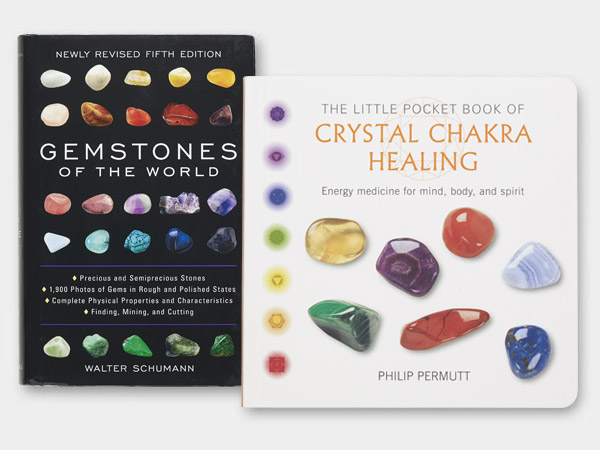Minerals, Rocks, Gemstones, Crystals - What’s the Difference?
A Brief, Painless Introduction to Nature's Hard Stuff
Minerals, rocks, gemstones, crystals—unless you're a geologist or perhaps earned a merit badge studying them as a scout, explaining the differences among these four natural substances might pose a challenge. If your interest lies in jewelry, and you aspire to become more proficient, let's address that right here and now:
Rock - Rocks are commonly composed of a mixture of different minerals, which vary in number and type depending on the rock. The most abundant minerals in Earth’s crust are amphibole, feldspar, mica, olivine, pyroxene and quartz, but some experts include other minerals such as calcite and clay minerals. A common example of a rock that is formed from two minerals is granite, which consists mainly of quartz and feldspar.
Rock versus stone – while they can used interchangeably, the Oxford English Dictionary (OED), defines rock as "A large rugged mass of hard mineral material or stone... " Examples: Plymouth Rock, Ayers Rock, The Rock of Gibraltar or a generic "large rock formation." The OED defines stone as "A piece of rock or hard mineral substance of a small or moderate size." The word "rocks" can be substituted for "stones."
Crystal - According to Walter Schumann's Gemstones of the World, a crystal is a uniform body with its smallest components (atoms, molecules, etc.) in a geometric crystal lattice. Snowflakes, diamonds and table salt are examples of large crystals. Varying lattice structures and their chemical components result in varying physical properties of the crystals . Rocks are aggregates of one or more minerals, so some rocks may have crystals in them. These mineral-based crystals are not to be confused with the lead crystal products manufactured and sold by companies such as Crystal Passions® and Preciosa. Lead crystal is a distinct type of glass.
Gemstone – The definition of a gemstone is very broad. Any material that has been cut and polished to be used in jewelry or other decorative applications is a gemstone. The selection of materials for gemstones is based on criteria such as beauty, resilience, scarcity and intrinsic value. This diverse category includes over two hundred gemstones from sources ranging from minerals and crystals to semi-precious stones and even organic materials like pearls and coral.
This article barely scratches the surface of the rich and colorful realm of gemstones. If you are curious to know more about their origins, properties and uses, don’t miss Gemstone Info and Gem Notes, as well as Walter Schumann’s revised and expanded edition of Gemstones of the World.
Shop for Your Materials Here:
Have a question regarding this project? Email Customer Service.
Copyright Permissions
All works of authorship (articles, videos, tutorials and other creative works) are from the Fire Mountain Gems and Beads® Collection, and permission to copy is granted for non-commercial educational purposes only. All other reproduction requires written permission. For more information, please email copyrightpermission@firemtn.com.







